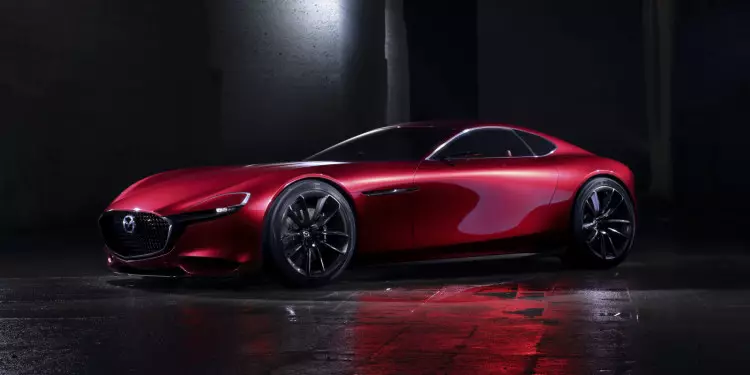With the recent announcement of the rebirth of Wankel engines at the hands of Mazda, we look back through the history of this technology in the Hiroshima brand.
The name of the architecture “Wankel” derives from the name of the German engineer who created it, Felix Wankel.Wankel began thinking about the rotary engine with one purpose in mind: to revolutionize the industry and create an engine that would surpass conventional engines. Compared to conventional engines, the operation of Wankel engines consists of using “rotors” instead of traditional pistons, allowing for smoother movements, more linear combustion and the use of fewer moving parts.
RELATED: To find out in detail how the Wankel engine works click here
The first prototype of this engine was developed in the late 1950s, at a time when the automotive industry was growing and competition was intensifying. Naturally, for an up-and-coming company that aspired to reach a place in the market, it was necessary to innovate, and that was where the big question was: how?
Tsuneji Matsuda, then president of Mazda, had the answer. Impressed by the technology developed by Felix Wankel, he established an agreement with the German manufacturer NSU – the first brand to license this engine architecture – to commercialize the promising rotary engine. The first step in a story that will take us to the present day was thus taken.
The next step was then to move from theory to practice: for six years, a total of 47 engineers from the Japanese brand worked on the development and conception of the engine. Despite the enthusiasm, the task proved to be more arduous than initially anticipated, as the research department faced numerous difficulties in the production of the rotary engine.
SEE ALSO: Workshop was the setting for a remake of Renaissance paintings
However, the work developed by Mazda ended up bearing fruit and in 1967 the engine debuted in the Mazda Cosmo Sport, a model that a year later finished the 84 Hours of the Nurburgring in an honorable 4th place. For Mazda, this result was proof that the rotary engine offered excellent performance and great durability. It was worth the investment, it was a matter of continuing to try.Despite the success achieved in competition only with the launch of the Savanna RX-7, in 1978, the rotary engine was kept up to date with its conventional counterparts, transforming a car that only attracted attention for its design, into a machine desired by its mechanics. . Before that, in 1975, an “environment-friendly” version of the rotary engine had already been launched, with the Mazda RX-5.
This technological advance was always reconciled with an intense sports program, which served as a test tube to test engines and to put all developments into practice. In 1991, the rotary engined Mazda 787B even won the legendary Le Mans 24 Hours race – it was the first time a Japanese manufacturer had won the most mythical endurance race in the world.
More than a decade later, in 2003, Mazda launched the Renesis rotary engine associated with the RX-8, at a time when the Japanese brand was still owned by Ford. At this time, more than great benefits in terms of efficiency and economy, the Wankel engine was “immersed in symbolic value for the brand”. In 2012, with the end of production on the Mazda RX-8 and with no replacements in sight, the Wankel engine ended up running out of steam, lagging even further behind compared to conventional engines in terms of fuel consumption, torque and engine costs. production.
RELATED: The factory where Mazda produced the Wankel 13B “king of spin”
However, let those who think that the Wankel engine have died must be disillusioned. Despite the difficulties in keeping up with the other combustion engines, the Japanese brand managed to keep a core of engineers that developed this engine over the years. A work that allowed the launch of a new version of the Wankel engine, named SkyActiv-R. This new engine will make its return in the long-awaited successor to the Mazda RX-8, unveiled at the Tokyo Motor Show.
Wankel engines are in good health and recommended, says Mazda. The persistence of the Hiroshima brand in producing this engine architecture is motivated by the desire to prove the validity of this solution and to show that it is possible to do it differently. In the words of Ikuo Maeda, Mazda's global design director, “an RX model will only truly be RX if it has a Wankel”. Let this RX come from there…
CHRONOLOGY | The Wankel Engine Timeline at Mazda:
1961 – First prototype of the rotary engine
1967 – Start of rotary engine production on Mazda Cosmo Sport
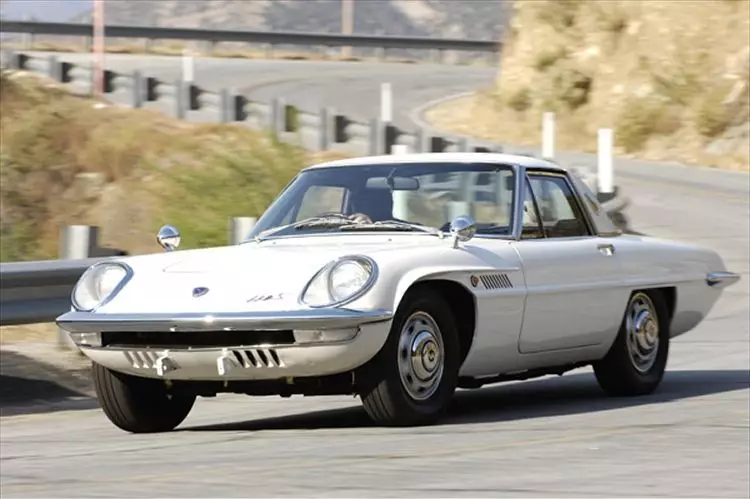
1968 – Launch of the Mazda Familia Rotary Coupe;
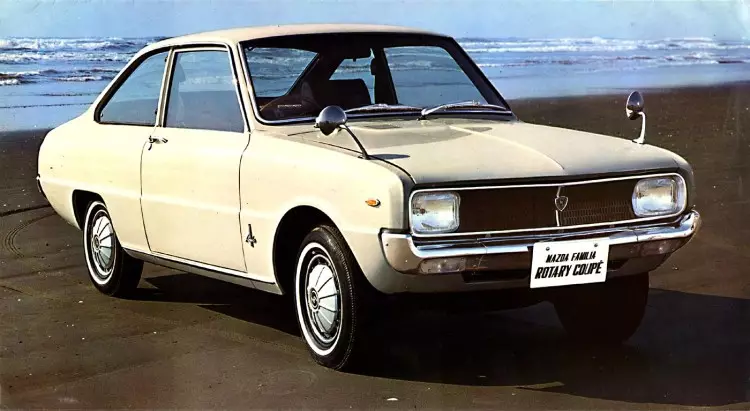
1968 – Cosmo Sport ranks fourth in the 84 hours of the Nürburgring;
1969 – Launch of the Mazda Luce Rotary Coupe with a 13A rotary engine;
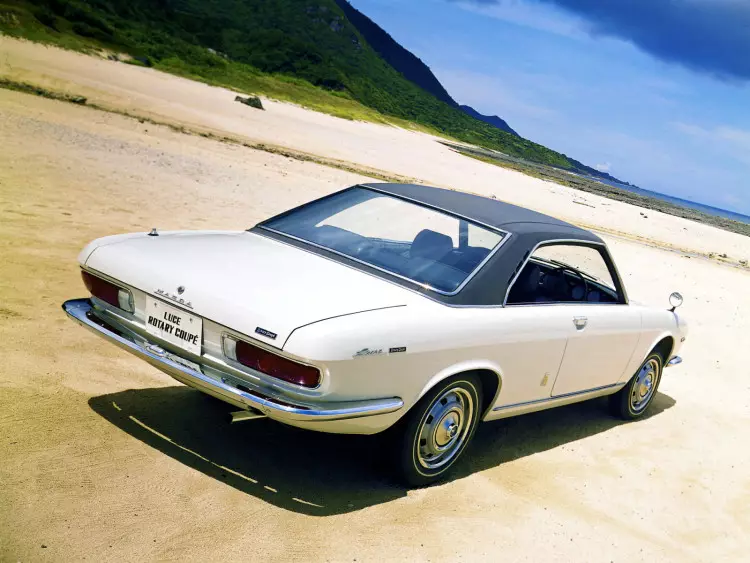
1970 – Launch of the Mazda Capella Rotary (RX-2) with 12A rotary engine;
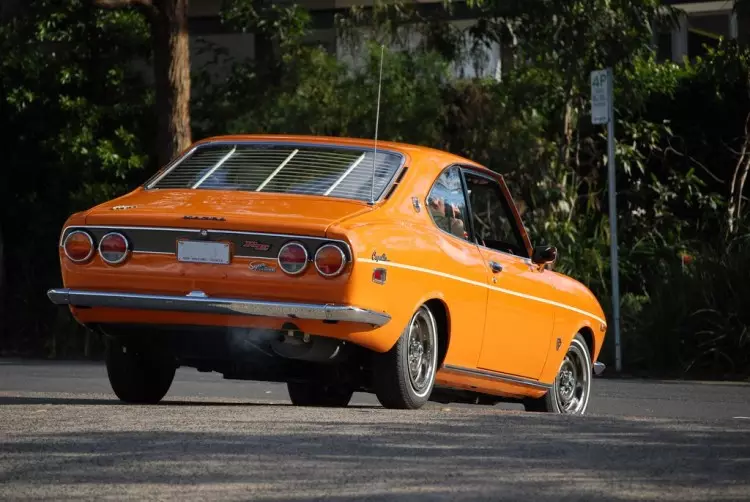
1973 – Launch of Mazda Savanna (RX-3);
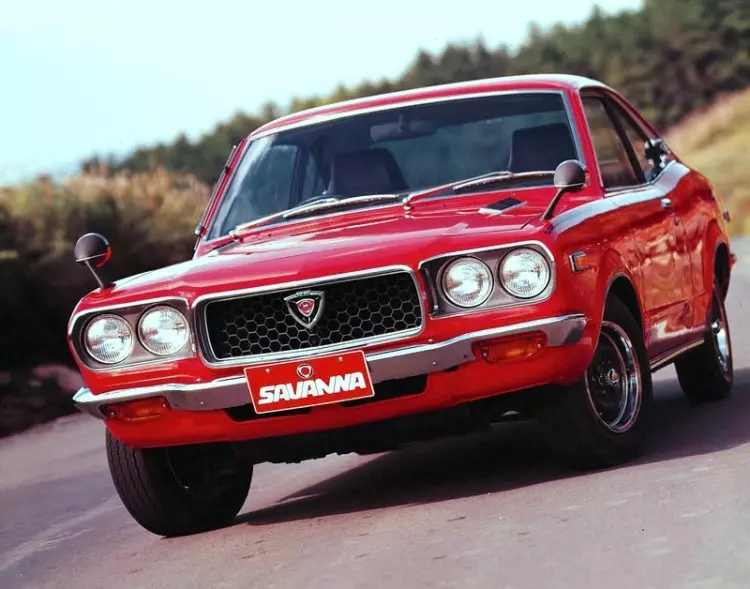
1975 – Launch of the Mazda Cosmo AP (RX-5) with an ecological version of the 13B rotary engine;
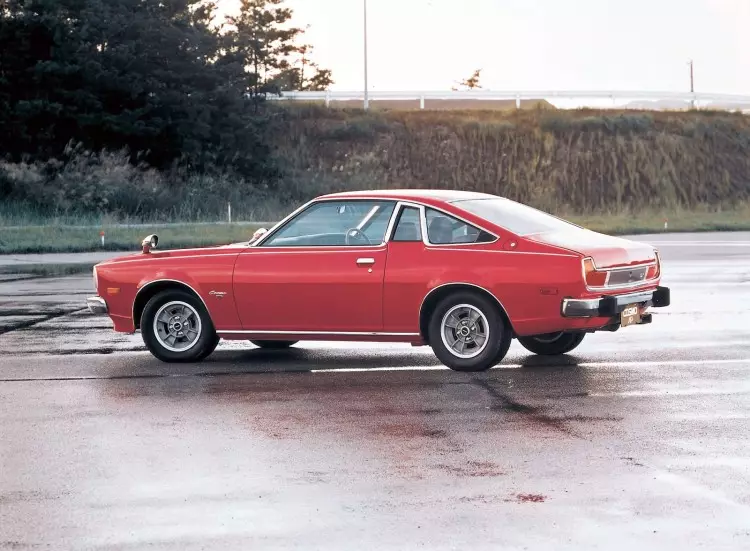
1978 – Launch of Mazda Savanna (RX-7);
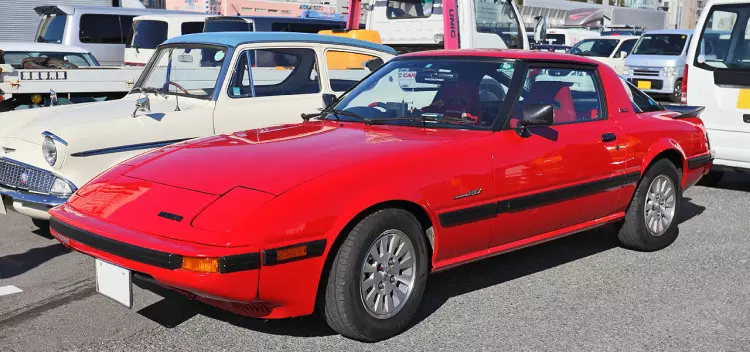
1985 – Launch of the second generation Mazda RX-7 with a 13B rotary turbo engine;
1991 – Mazda 787B wins the 24 hours of Le Mans;
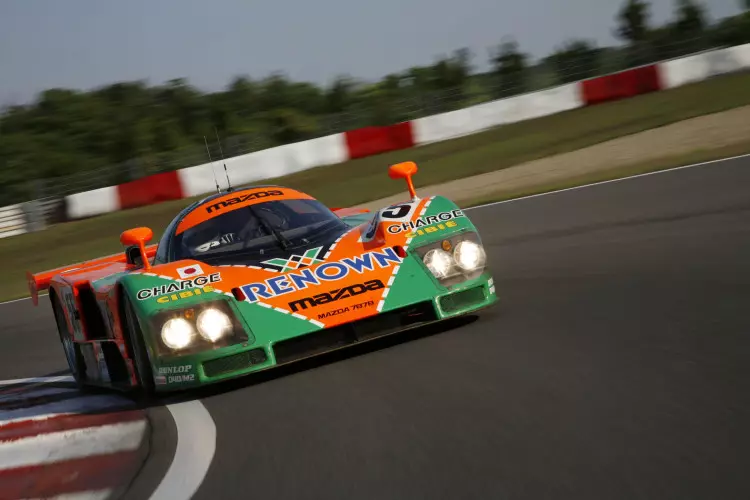
1991 – Launch of the third generation Mazda RX-7 with rotary 13B-REW engine;
2003 – Launch of the Mazda RX-8 with a Renesis rotary engine;
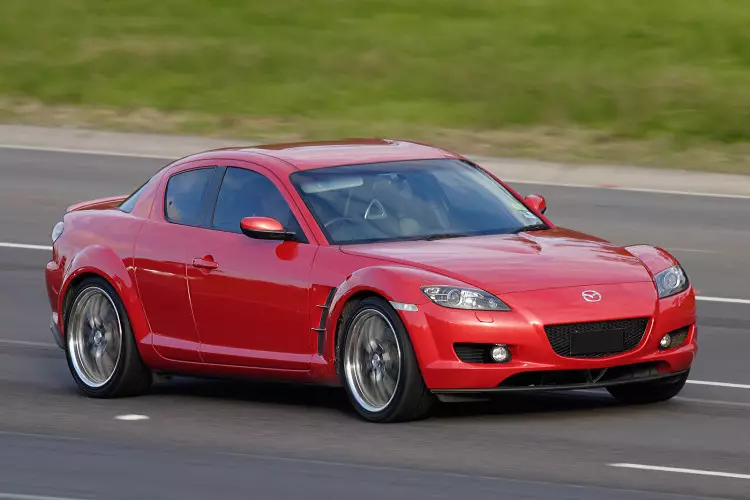
2015 – Launch of the sports concept with the SkyActiv-R engine.
